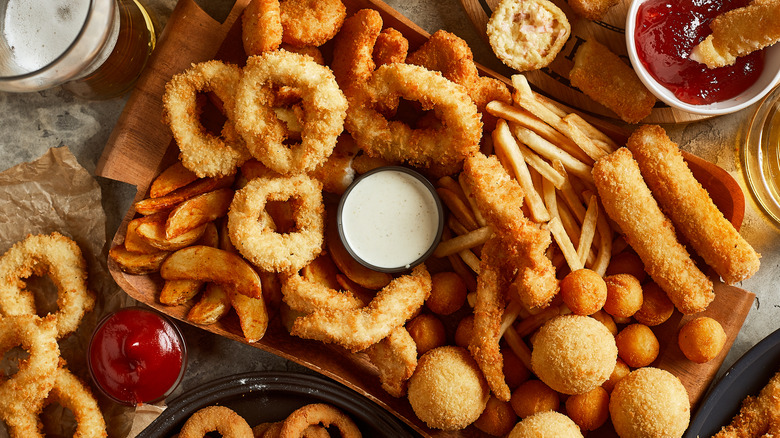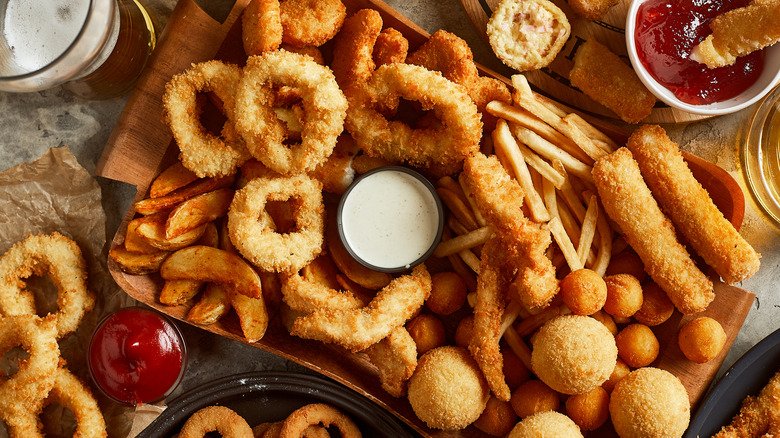
Shoot_nik/Getty Images
The fried snack that turns into a soggy mess when delivered is a common disappointment many will face. Imagine this scenario: fried mozzarella sticks are part of a much-anticipated delivery order. The bliss of biting into their crispy exterior suddenly turns into sadness when they arrive, lifeless and limp. The longing for the satisfying crunch fades away as the cheese reveals itself, encased in a soggy shell. This leaves one wondering, what circumstances led to this unfortunate fate?
It is essential to understand that the restaurant bears little responsibility for this plight. The truth lies in the inherent nature of fried food coatings, which are exceptionally vulnerable to moisture. During frying, water trapped within the food creates steam bubbles that encapsulate each piece. This steam forms a protective layer that prevents the hot oil from saturating the coating, allowing it to achieve that perfect crispiness. However, once these delicious cheese sticks leave the kitchen, their temperature drops. As they cool, steam trapped under the coating condenses, resulting in sogginess that diminishes their once-appealing texture.
Crispy Delights Await

Interestingly, some eateries that pride themselves on their fried creations have discovered a workaround. They utilize specially designed ventilated containers for deliveries. While this method allows steam to escape instead of saturating the coating, it does come with a drawback—the food cools off more rapidly. Nobody wants room-temperature mozzarella sticks; they simply lose their charm. So, what alternatives exist for the hopeful diner?
A proactive approach could be to refrain from delivery altogether. Consider stocking frozen cheese sticks for emergencies or attempting to recreate the experience at home with a personalized recipe like Gooey Stringy Mozzarella Sticks. If ordering remains the preferred route, there are effective reheating methods to enhance the experience. Although it may be tempting to microwave them in a Styrofoam container, doing so can lead to the release of harmful substances. Instead, placing the sticks in an air fryer allows for optimal air circulation, helping revive the desired crunch. They taste best fresh; however, for leftover indulgence, storing them alongside paper towels can absorb moisture and prevent further sogginess. The goal? Soft, gooey centers accompanied by dry, crispy coatings in every bite.
In my personal experience, the anticipation of delicious fried snacks often overshadows the reality of their fate during delivery. I find myself often craving that initial delightful crunch, which drives me to experiment with cooking them at home. It’s a small effort, but the rewards—when they come out perfectly crispy—are undeniably worth it. There’s something truly satisfying about recreating that perfect snack in the comfort of one’s kitchen.




